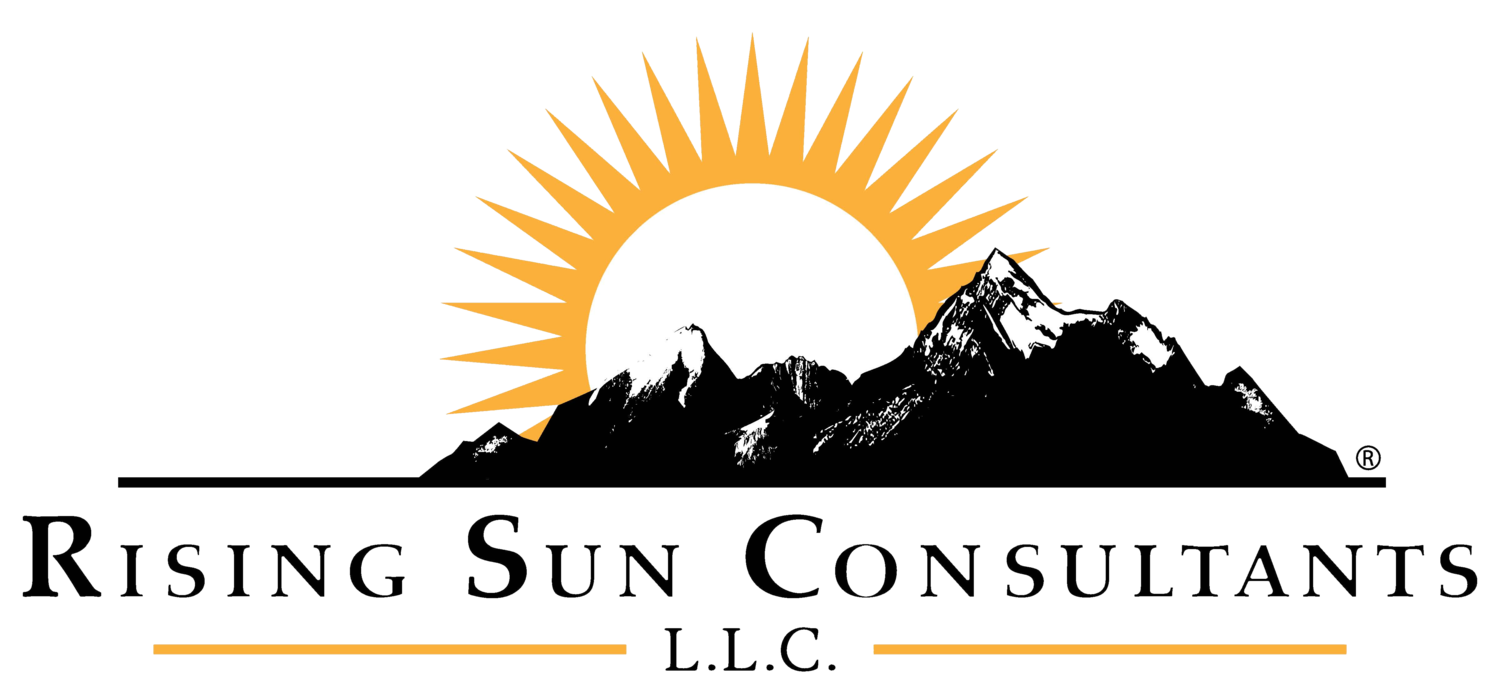by Deborah Lovich, David Welch, Julia Dhar, and France Joris
There are 11 million unfilled jobs in the United States today, the vast majority of which are tied to a specific location and cannot be performed remotely with an appropriate home office setup. These “deskless” jobs, as we term them, are mostly in professions and trades such as health care, hospitality and leisure, retail, manufacturing, and transportation and warehousing. Desperate to recruit and retain workers, businesses have already raised wages for deskless workers 7% to 10% since the Covid 19 pandemic began, according to the U.S. Bureau of Labor Statistics. But wage increases have not been sufficient to win back frontline talent.
The solution could be improving managers’ relationship with frontline workers.
Boston Consulting Group researchers found last year in a survey of hourly U.S. workers in the retail, distribution, travel, and food service industries that while compensation and Covid 19-related reasons were the biggest reasons for turnover, next on the list was a bad relationship with their boss (see the exhibit below). This really shouldn’t surprise us. After all, direct managers have the biggest impact on the daily work experience of their reports.
Frontline managers have always been a crucial and underappreciated group, and their job has become even more critical — and challenging — during the pandemic. In fact, many of the other reasons for quitting (jobs aren’t enjoyable or interesting, the work schedule isn’t sufficiently flexible or predictable, and feeling inadequately appreciated) are also driven by the boss. Workers look to their managers for stability, empathy, and support — especially during these times when staff schedules, work responsibilities, and personal stresses have never been more difficult to manage. When managers are stressed or struggling, their team members usually are impacted, either directly or indirectly, and are unlikely to feel well supported. This loosens the ties that bind people to an organization, and they seek to leave.
We suspect that a major reason frontline workers are dissatisfied with their managers is many of their bosses are leading for the first time: Some of our clients with large frontline workforces report that up to 40% of their frontline managers are in the first year of a leadership role. Many frontline leaders are promoted based on technical competence but lack the basics of people management. Sometimes it’s
the simple things that are the difference makers: developing situational leadership skills such as how to handle difficult conversations in a productive fashion or how to coach effectively.
How can companies enable and empower their managers to bring their best, most authentic, empathetic, motivating, coaching, and mentoring self to work every day? Based on BCG’s extensive experience helping clients develop frontline managers, here are four effective tactics.
1. Define what your great frontline managers do and then let them teach their peers.
Traditional frontline management training, if done at all, is often theoretical, abstract, and delivered in conference or classrooms far from frontline realities. Based on BCG’s experience in helping more than 700 organizations develop more than 900,000 frontline leaders, we can definitively say that the surest and fastest way to improve and sustain frontline leadership is to find a group of the best managers — ideally a dozen or so with varying roles and tenures who possess a mix of strengths — and use them to teach and mentor their peers.
Start with the forensics: Shadow these leaders through full days and shifts, analyze their calendars to map how they use their time, and review the tools they use as well as the informal checklists and guides they’ve created for themselves. This allows organizations to systematically identify the daily practices, routines, attitudes, knowledge, and skills they use every day. Then take the best from each one and create a composite picture of what great day-to-day leadership looks like in practice in your organization.
This “design for adoption” approach ensures the new skills are adopted because (1) given that they are based on the real experience of your own organization, frontline managers will accept them as credible, (2) the recognition of being dubbed a role model will serve as an incentive for exemplary frontline managers to advocate for and spread the desired practices, and (3) the process will create a natural cadre of frontline managers to coach and mentor others, helping to sustain the change.
When we shadowed the best frontline managers at one metal manufacturing organization, we found that they did a handful of things differently:
• They stopped when they saw something that didn’t look right instead of hurrying to where they were originally headed.
• They asked truly exploratory questions instead of correcting or, even worse, scolding. • They took the time to lead problem-solving discussions so the workers found the solutions themselves.
• They made sure that they followed up and publicly recognized the individuals who found and applied solutions.
While these approaches may sound simple, we found that 90% of the organization’s frontline leaders didn’t do them consistently day in and day out. When the group who did shared their knowledge, skills, attitudes, routines, and tools with their peers, these great practices spread quickly. The result: Workers were happier, and one of industrial manufacturing’s most important metrics, the Total Case Incident Rate (OSHA’s measure of the number of injuries per 100 full-time workers in a one-year period) went down by 50%.
2. Meet managers where they are.
Companies need to regularly reinforce these best practices in ways that are easily accessible to deskless leaders. For managers working at desks all day, learning them through traditional virtual training may be effective for some skills. But deskless managers may seldom be on the computer, and many frontline managers may not even have email addresses that they check regularly. This means companies need to adopt new ways of providing deskless managers with tips. (Several startups are providing courses delivered in small increments via smartphones that deskless workers can easily access on the job.)
3. Create tighter feedback loops.
Deskless managers usually receive infrequent performance feedback if they receive feedback at all. BCG recently partnered with a large retailer to implement individual development plans and a structured feedback process for in-store managers and saw overall frontline employee engagement scores more than double. Store managers developed their development objectives and career goals with their supervisors. Then they formally reviewed progress together each quarter and met weekly to share more tactical performance feedback.
4. Rethink the “support structures” for hourly labor.
Even outstanding frontline management may not be enough to keep all workers happy and engaged if other critical HR systems or structures are lacking. Companies must also invest in onboarding and skill-building programs and give workers time to utilize them. Scheduling processes and systems may need to be adjusted to offer workers more flexible schedules to better fit work around their lives. Career paths may need to be created to provide transparent opportunities for growth and advancement. Frontline managers should play a central role in designing and implementing these approaches.
By developing great frontline managers and supplementing them with strong HR policies and resources, companies will be able to boost workers’ satisfaction and engagement. That, in turn, should significantly help slow turnover.

